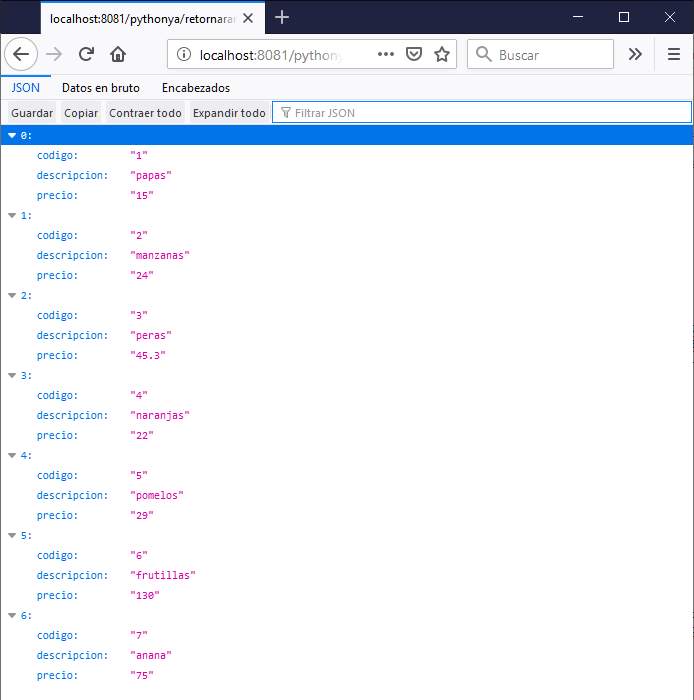
Now imagine casting to an instance of a specific value object class via Laravel's custom casts: namespace App\Models īut take that another step and make the value object class castable by implementing the Castable interface: namespace App\Values This is cool too, but in practice I've found an associative array is often easier to work with. This does the same thing, but for a stdClass object. You may also be familiar with: namespace App\Models This will automatically cast an array (associative or numeric) to JSON, and back again.

You may be familiar with the following built-in cast: namespace App\Models So what are our options for working with JSON columns in Laravel? And modern database engines can index and natively query inside these JSON structures quite well. JSON columns effectively give us the benefits (and downsides) of a NoSQL/document-based database inside our relational database. There are plenty of reasons why you may want to consider a JSON column. Maybe we have a collection of items that aren't deserving of their own table. The Laravel docs has an excellent example of how we can cast to and from multiple columns into a single value object.īut in some cases we may want a nested structure, or maybe we have a lot of optional fields that we don't want cluttering the table structure. We could create dedicated columns in the database for each attribute. However, the database won't be able to query the parts easily, and depending on the number of type of attributes, it could get unwieldy. So we may be tempted to create our own conventions. We may not always be so lucky with our value objects though.
#Php json decode has query string how to#
For example, a date can represent the year, month, and day as Y-m-d but we can still pull it apart if needed, and the database knows how to query the parts individually. Some may have have special formats that allow us to represent the individual attributes as a single string. That's part of what separates them from primitive types like strings and integers. Most value objects have multiple attributes. The retrieved data returns as JSON format to the Ajax.Have you ever wanted to access an attribute of an Eloquent model as a value object, similar to how Eloquent lets us work with dates via Carbon? $user->address->calculateDistance($otherUser->address) Based on the user ID the details are fetched from the database using PHP and MySQL. This PHP script is called by the Ajax request. The parsed JSON data sets to the respective element content. In our example script, JSON is specified in dataType, the data will be returned as JSON format. If the request succeeds the data returned from the server as the specified format in the dataType parameter. $.ajax() method perform an Ajax request and post the user ID to a PHP file to get the user details from the database. The “Get Details” button initiates an Ajax request and the respective user details are displayed under the input box. Initially, an input box is displayed to provide the user ID whose details you want to retrieve. ) ENGINE =InnoDB DEFAULT CHARSET =utf8 COLLATE =utf8_unicode_ci `phone` varchar( 15) COLLATE utf8_unicode_ci NOT NULL, `email` varchar( 100) COLLATE utf8_unicode_ci NOT NULL, `name` varchar( 100) COLLATE utf8_unicode_ci NOT NULL, Our example script will retrieve user details from this demo (users) table. The users table holds the basic information of the users. jQuery AJAX Call to PHP Script with JSON Returnįor your better understanding, we will fetch user details from the database based on the user ID via Ajax call using jQuery, PHP, and MySQL. The returned data is parsed using JavaScript and set values to the specific elements. The PHP script will fetch data from the MySQL database and returns JSON data to Ajax. In this tutorial, we will show you how to process ajax request using jQuery and call a PHP script that returns JSON data. Using $.ajax() method in jQuery you can get JSON data from a file and set in the HTML element. But sometimes requires getting the object or array data from PHP file for showing values in the different area. Generally, you return the string to Ajax call for updating a part of the web page. The jQuery ajax is very useful when you want to post or get data from PHP script without page refresh.


 0 kommentar(er)
0 kommentar(er)
